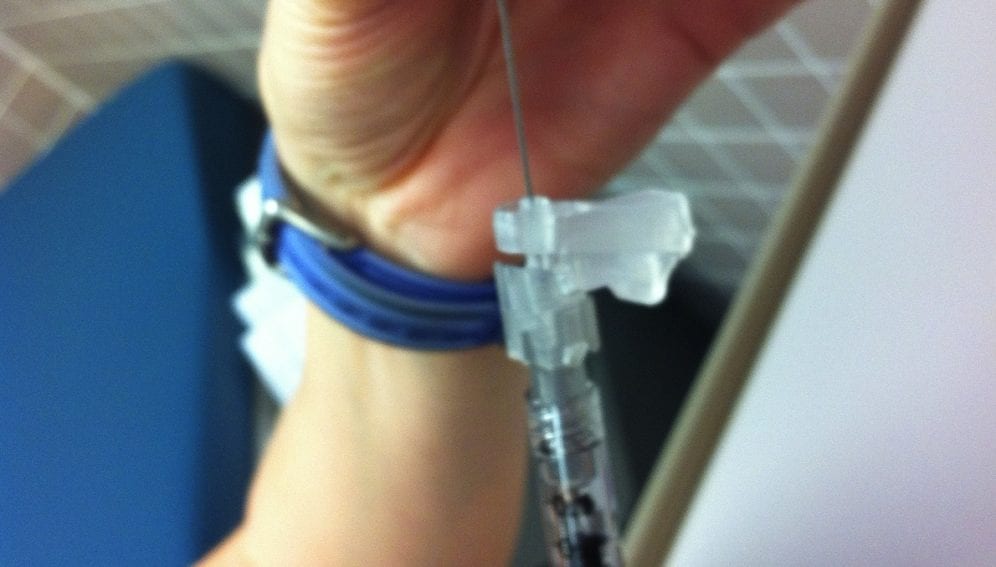By: Prime Sarmiento
Send to a friend
The details you provide on this page will not be used to send unsolicited email, and will not be sold to a 3rd party. See privacy policy.
[MANILA] Developing Asian countries should consider public financing schemes to make rotavirus vaccines affordable and help reduce the incidence of severe diarrhoea which kills nearly 188,000 Asian children each year, according to a study.
Rotavirus is the most common cause of severe and fatal diarrhoea among young children, accounting for over 40 per cent of the global number of children who die from diarrhoea. The WHO recommended in 2009 that rotavirus vaccines be included in all national immunisation programmes.
But most policy planners in developing Asia-Pacific countries are reluctant to introduce rotavirus vaccines believing that these are too costly, according to Edmund Anthony Nelson, a professor of paediatrics at the Chinese University of Hong Kong.
Nelson, who is the lead author of the study on the issue published in Human Vaccines & Immunotherapeutics, says that only Fiji, Marshall Islands, Micronesia, Palau, the Philippines and Thailand among the developing countries in the Asia-Pacific region have introduced rotavirus vaccine into their immunisation programmes.
“Most policy planners are not informed of the various pricing options that will make vaccination programmes more affordable. Many countries don’t even try to negotiate prices. They just decide not to try the vaccine which I think is disappointing,” Nelson tells SciDev.Net.
He says that policy planners need to know more about other financing schemes before even deciding to reject the idea of introducing rotavirus vaccines, noting that “governments can actually save money and make more people healthy”.
In Latin America, health officials were able to introduce rotavirus vaccines by using a revolving-fund mechanism that facilitated the bulk purchase of vaccines, syringes, cold chain equipment and related supplies.
This helped reduce the price of vaccines from about US$200 per course (equivalent to two to three doses needed for full vaccination for each child) to roughly US$13-15 per course. Member states contribute three per cent of each net purchase price to the revolving fund that is used as working capital.
Other options are tiered pricing agreements, in which an individual government negotiates prices with vaccine providers. While this may be problematic as it might violate the rules on the tender process of most countries, the study cited Australia’s example which negotiated prices with the industry but at the same time implemented a transparent mechanism by separating technical decisions from economic evaluations.
But Nelson posits that measures such as the revolving-fund mechanism “will require a lot of political commitment”, noting that Asian health and finance officials will have to coordinate and discuss everything before such mechanisms can be established.
Lulu Bravo, professor of paediatric infectious and tropical diseases at the University of the Philippines, Diliman, says: “In the end, the most effective way to cut the mortality rate caused by diarrhoea is for policymakers to be made more aware of the ‘health economics’ of disease prevention and treatment.”
"Vaccination is the most cost-effective way to save children’s lives," she says, adding that this is true not only for diarrhoea but other diseases as well.
Link to full paper in Human Vaccines & Immunotherapeutics
This article has been produced by SciDev.Net's South-East Asia & Pacific desk.














